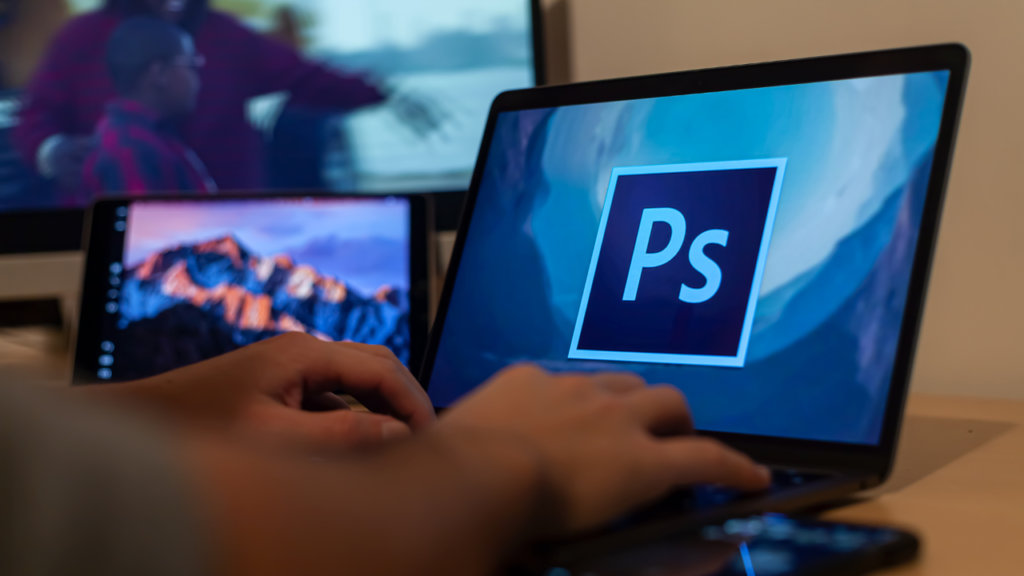What Tasks Can Photoshop Perform?
What can you do with this guy now that some of Photoshop’s restrictions have been lifted in your small business? You probably already have a great idea at this point, but let’s go through a few others just in case. This will offer you a clear understanding of the applications for Photoshop in business.
1. Photography
Great-looking images help sell whatever it is your firm has to offer, whether they are on your website or in your print marketing materials. So, your company and Photoshop have a direct relationship. Product photography is also very important for online firms, especially e-commerce businesses. I was informed over the phone by one of my clients, who has a highly successful e-commerce business called “Pictures Sell,” and I wholeheartedly concur. How often have you looked at an item you’re interested in on a retail website or even on Craigslist only to find one or two blurry photos?Low quality and limited photographs are two major deterrents to purchasing.
2. Web graphics
Product photography is important for internet enterprises, especially e-commerce businesses. I was informed over the phone by one of my clients, who has a highly successful e-commerce business called “Pictures Sell,” and I wholeheartedly concur. How often have you looked at an item you’re interested in on a retail website or even on Craigslist only to find one or two blurry photos?Low quality and limited photographs are two major deterrents to purchasing.
3. Image optimization
What the heck is that? Have you ever visited a website where the visuals took a very long time to load? That goes against image optimization!
To put it another way, those large photos require optimization!
Image optimization simply refers to reducing the file size of your image while preserving its quality and using the appropriate web-friendly graphic file format for the type of image you’re working on (which is a whole other discussion).
As you may imagine, it involves balancing. Here, you’re evaluating an image’s quality against how long it takes to load, which is mostly influenced by its file size.
4. Print materials used by your company
This was briefly discussed earlier. While you might pay a freelance designer to make materials like brochures, your business card, stickers, and more, Photoshop makes it simple to do much of this work yourself.
You may save a ton of time and money by performing this type of work in Photoshop on your own. You won’t be on a freelancer’s schedule or pay them. It’s also entertaining and clever.
When dealing with these kinds of activities, Photoshop occasionally feels a little awkward and clumsy. Additionally, we have spoken about some of Photoshop’s restrictions in this area. But if you’re just working on simple tasks, Photoshop is more than capable.
5. Social media graphics
All of your social media graphics may be handled with Photoshop. You do not need to hire assistance to complete this work, unlike the print materials for your company. Instead, you can start using Photoshop and use it to your advantage.
To be clear, I’m referring to things like your social media avatar photos, banner graphics, and so on when I say “social media graphics.” Photoshop can naturally handle this kind of material with ease.
The only information you’ll require is the correct picture dimensions to utilize for the social networking platform for which you’re creating graphics. For instance, you would need to produce a 1500 x 500 pixel image in Photoshop if you were designing your Twitter account’s header photo (the wide banner graphic that shows across the top of your account profile).
6. Fundamental video editing
Last but not least, you are already aware of Photoshop’s fundamental video editing capabilities. Currently, video editing may or may not be necessary for your organization, but internet video is massive and will continue to expand in the years to come. A great way to promote your goods and services is through video.
Additionally, as was already said, Photoshop’s (although limited) editing features can meet your basic video requirements. Photoshop can be all you need if you want to use video in your company’s marketing.


